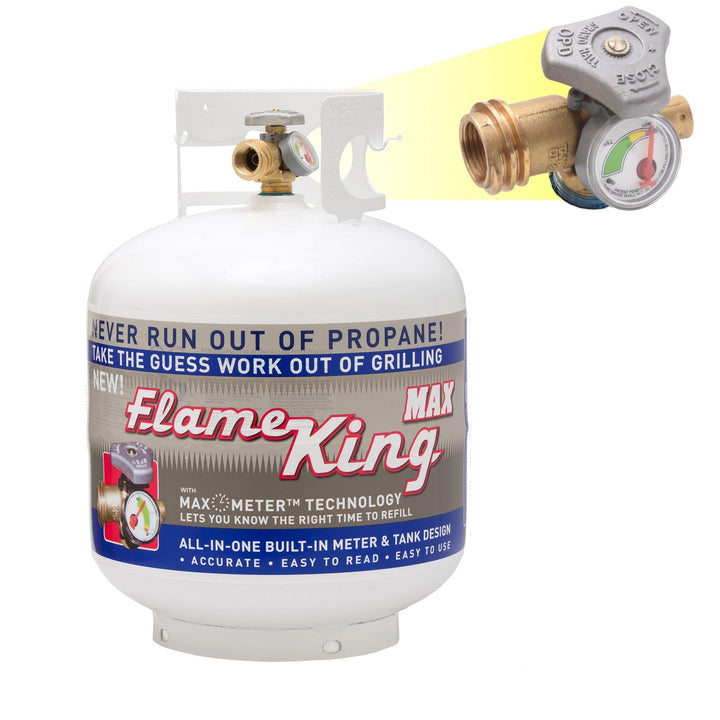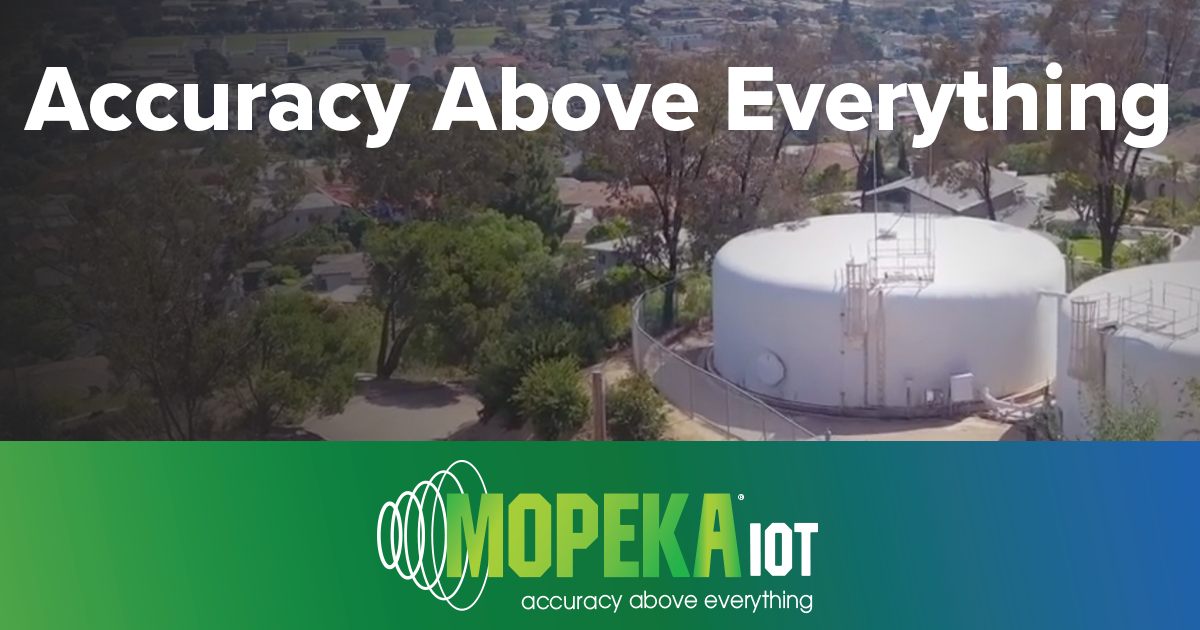bikemutt
Member
The good news is we survived our first camping trip, Lincoln City Oregon KOA, the folks there treated us right  .
.
My question concerns the gage on each propane tank. When I filled both tanks, the gages indicated yellow just a nick away from red, close to empty. In both cases the tanks accepted only 3 gallons each. Since these are 5 gallon tanks, I'm trying hard to reconcile the gage indications versus reality.
Looking for some guidance on propane tank gages, thank you.
My question concerns the gage on each propane tank. When I filled both tanks, the gages indicated yellow just a nick away from red, close to empty. In both cases the tanks accepted only 3 gallons each. Since these are 5 gallon tanks, I'm trying hard to reconcile the gage indications versus reality.
Looking for some guidance on propane tank gages, thank you.


